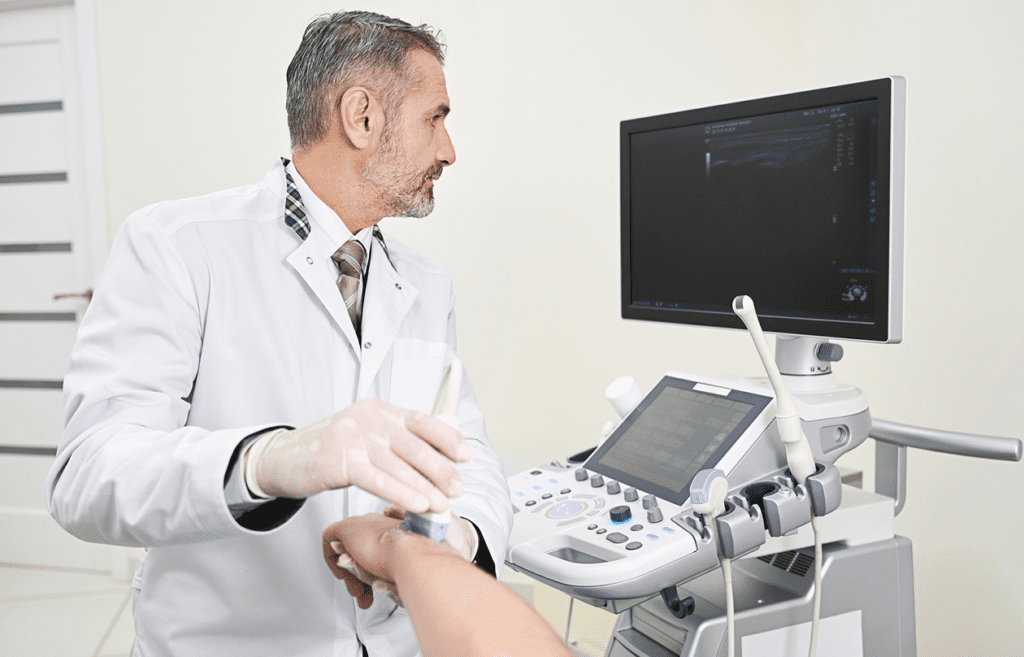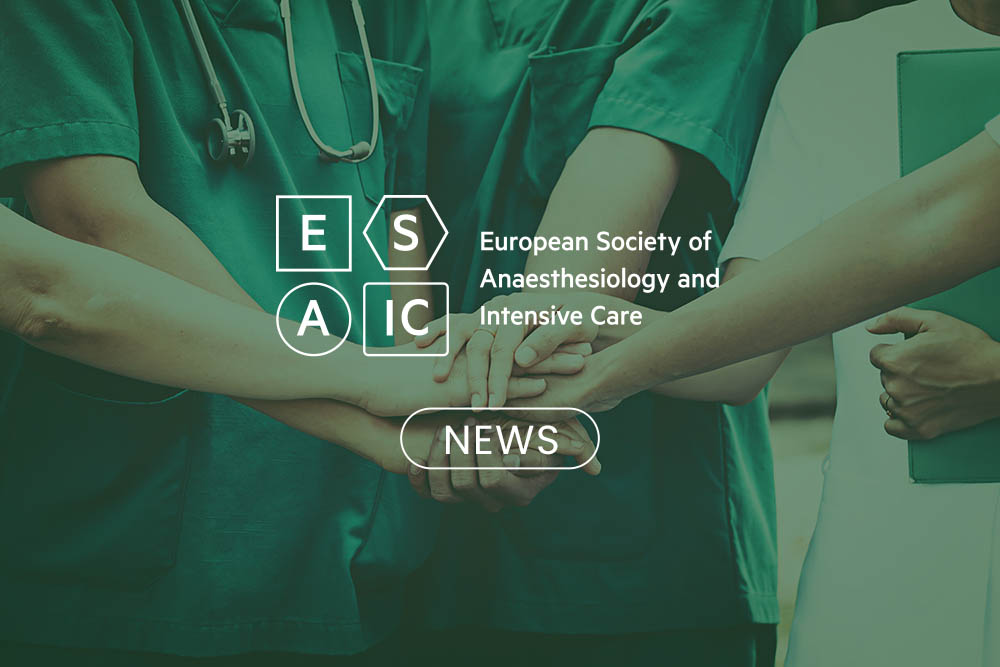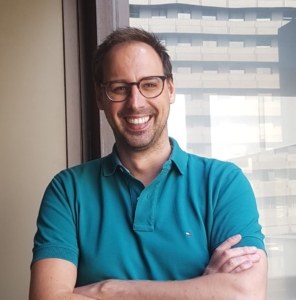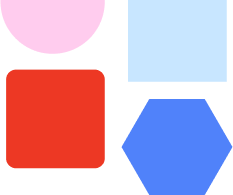Newsletter 2020
The future of regional anesthesia

Manfred Greher, MD, MBA
manfred.greher@kh-herzjesu.at
The time it takes to double medical knowledge is decreasing dramatically: In 1950 it was 50 years, in the 1980s seven years, and in 2020 it will be only 73 days. According to the perspective of the Kontratieff wave concept which is predicting global economy and growth engines over the centuries, the 5th Kontratieff “Information technology” is followed by the 6th “Biotechnology and psychosocial health“. Health and associated care constitute one of the current megatrends and people´s life expectancy continues to rise. Thus, it appears obvious that the need for surgery under perfect anaesthesia will not only be certain but also increased. Especially regional anaesthesia- after the technological progress of the last decades- provides promising assets for future needs and gives rise to 3 hypotheses:
“It´s tough to make predictions, especially about the future.” Yogi Berra, baseball-playing philosopher
Hypothesis 1: Regional anesthesia has a bright future
Still underutilised today from a global perspective, the rate of operations under regional anaesthesia will increase significantly due to anatomical, clinical, pharmacological and technological progress. Compared to general anaesthesia, regional techniques provide a lot of potential benefits such as lower cost, better environmental profile, lower nausea as well as vomiting rate, better analgesic quality and they are optimal for the realisation of early mobilisation concepts. Upcoming studies have yet to clarify if outcomes in terms of survival, fewer surgical site infections, lower postoperative delirium, cognitive dysfunction and chronic pain rates are further in favour of regional anesthesia.
“First they ignore you, then they laugh at you, then they fight you, then you win.” Mahatma Gandhi
Hypothesis 2: Game changers are in the pipeline
We have to differentiate disruptive from incremental innovations. Disruptive innovations are real game changers. Ultrasound was the most important disruptive innovation in regional anesthesia within the last 25 years. Today, several relevant innovations for the future are already on the market or in the pipeline.
Ultrasound technology is quickly advancing. Portable handheld machines improve practicability significantly. Image quality and used frequencies have both increased enormously. Shorter pulse durations deliver higher resolution in spite of lower frequencies which are still necessary for deep scans. The first hybrid transducers are able to provide linear as well as curvilinear characteristics in one. Local anaesthetic spread can be perfectly monitored in real time with 3D and 4D ultrasound systems (1). Sonoelastography (2) and ultrasound fusion imaging with CT or MRI (3) are future promising techniques for regional anaesthesia and pain interventions. So is “focused ultrasound”, which applies for non-invasive percutaneous denervation, as well as for triggering the release of a local anaesthetic from liposomes on-demand (4).
The “Magellan” is a robotic system for ultrasound-guided regional anaesthesia and was recently tested successfully (5). Automated pattern recognition algorithms identify and mark different sonographic tissue types like the portable “Accuro” system for spinals and epidurals. “Needle GPS” techniques use electromagnetic or optical tracking to visualise the exact needle position in sonograms (6). Another approach is the application of a “hydrophone” system with a fiberoptic stylet inside the needle (7). Spectral tissue sensing (8) can differentiate the tissue-type at the needle tip spectroscopically. Virtual or augmented reality is applied successfully for patients´ comfort (9) as well as for physicians´ training together with force feedback simulators (10).
Finally, new additives to local anaesthetics, drug delivery systems for prolonged duration local anaesthesia (11) and ultrasound-guided percutaneous peripheral nerve stimulation for analgesia (12) are further promising game changers in the field.
“Technology always develops from the primitive to the complicated to the simple. Perfection is achieved, not when there is nothing more to add, but when there is nothing left to take away.” Antoine de Saint-Exupery
Hypothesis 3: Regional anaesthesia will be high-tech and simple
Here is a predicted patient journey for regional anaesthesia in the year 2050:
The online-tool “block-advisor.com” guides the patient to find the right anaesthesiologist and assists them to make an appointment after getting scheduled for the operation via “OR-booking.com”. An artificial intelligence supported chatbot helps recording the patient´s anamnesis and getting an informed consent, while determining necessary preoperative check-ups. If blood sampling for pharmacogenetics is indicated, it can be done by a robotic “Venous-pro” in the next pharmacy nearby. Finally, the patient orders a taxi-drone by the “heli-uber app”, to get to the hospital. There, they meet their anaesthesiologist of choice, who does regular trainings on a full-immersion high-fidelity force feedback nerve block simulator. He performs the regional anesthesia assisted by a “RA pro device” that combines ultrasound with automated nerve pattern recognition and needle GPS in a highly portable size. The encapsulated local anaesthetic injected around the nerve is released and dosed on-demand by ultrasound application. Several “wearables” test the nerve block effect automatically and transmit the vital signs continuously. During the procedure, the patient is calm and pain free while wearing 3-D virtual reality glasses placing him in a “fantasy garden” instead of receiving sedative drugs.
Change is a journey- not a destination. Let´s travel together into the future of regional anesthesia.
Manfred Greher
References
1 Missair A et al. RAPM 2012, 37(6):627-32
2 Munirama S et al. Anaesthesia 2012, 67:721–728
3 Zacchino M et al. J Ultrasound 2013, 16:111–118
4 Rwei AY et al. Nat Biomed Eng 2017, 1:644-53
5 Morse J et al. Br J Anaesth. 2014 Jun;112(6):1092-7
6 Scholten HJ et al. Anaesthesia 2017,72(7):889-904
7 Wenfeng X et al. MedPhys 2015, 42(10): 5983–5991
8 Brynolf M et al. RAPM 2011, 36(4): 350-7
9 Pooja G et al. Korean J Anesthsiol. 2017, 70(4): 439–445
10 Correa CG et al. J Appl Oral Sci. 2017, 25(4): 357–366
11 Santamaria CM et al. Mater Today (Kidlington) 2017, 20(1):22-31
12 Ilfeld BM et al. RAPM 2018, 43(6):580-589









